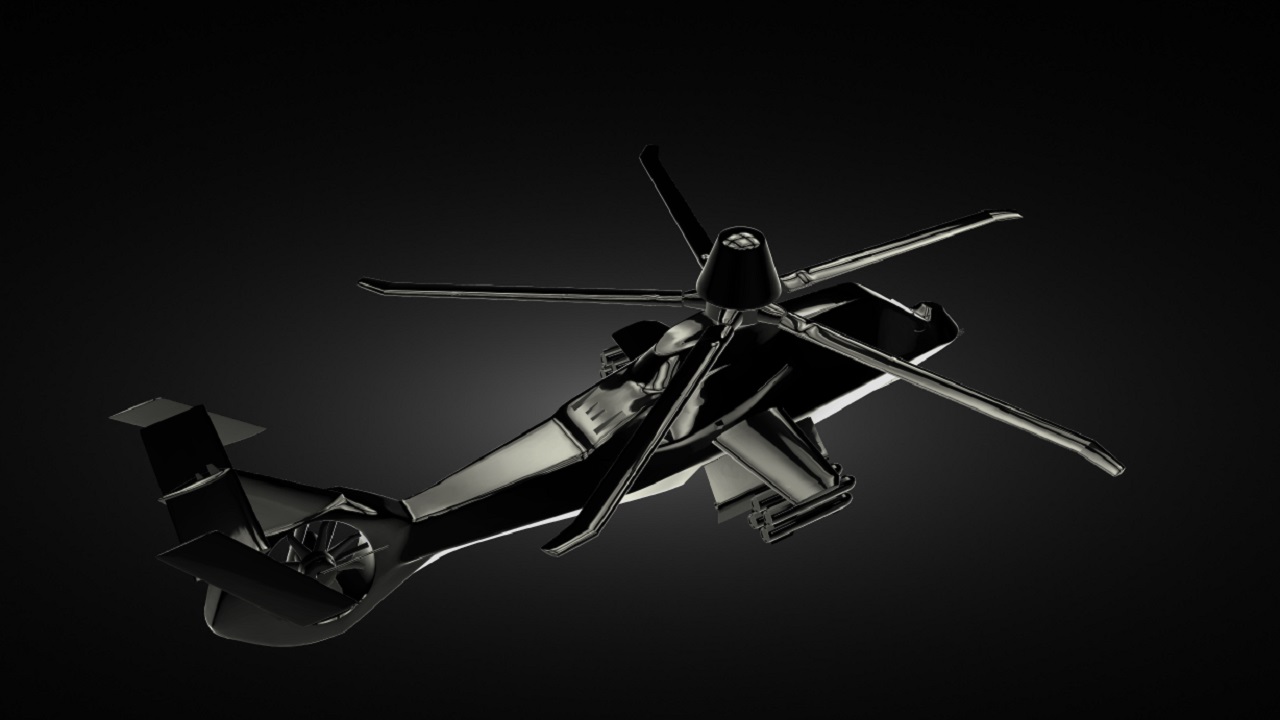The core foundation of what makes the U.S. military a real superpower is stealth technology. China and Russia want it. Iran does too. But no nation has embraced stealth weapons and put as much money into them as America. So why not stealth helicopters? Stealth technology has become something of a prerequisite for modern aircraft. Since the 1980s, U.S. aerospace firms have been rolling out stealth products almost exclusively: the F-117 Nighthawk, B-2 Spirit, F-22 Raptor, F-35 Lightning II, and the upcoming B-21 Raider.
Foreign designers are incorporating stealth technology, too. China’s Chengdu J-20, of which roughly 50 jets are in service, has low-observable features. Russia’s Su-57 also has stealth technology. The reason: modern air defense systems have greatly reduced the ability of non-stealth aircraft to survive in contested airspaces. Yet, while stealth tech has become ubiquitous in modern fixed-wing military aircraft, stealth tech is still a novelty in modern military helicopters.
Helicopters Under the Radar
Only a handful of stealth helicopters have ever been built, and they are still far from the industry standard. Unlike jets, helicopters are poorly suited for stealth technology. “A helicopter is a one-man band, its turbine exhaust blaring a piercing whine, the fuselage skin’s vibration rumbling like a drum, the tail rotor rasping like a buzzsaw,” James R. Chiles wrote. Regardless, modern efforts to improve the stealth characteristics of a helicopter have been a cause for optimism. Designers, recognizing the utility of a stealth helicopter, maintain hope that the concept is feasible.
The stealth helicopter idea was first pursued during the Cold War. Allegedly, the CIA was the first entity to ever use a “stealth” helicopter, when a single Hughes 500P was produced for a wiretap operation. Nicknamed “The Quiet One,” the 500P operated with a reduced noise signature, but otherwise lacked the specialized materials or design features that are contemporarily associated with stealth.
Attempting Stealth on Noisy Airbirds
From 1996 until 2004, the U.S. Army dumped $7 billion into a stealth helicopter prototype, the Boeing-Sikorsky RAH-66 Comanche. Only two Comanches were ever built and the program was canceled before entering production. The Comanche was intended to replace the Army’s OH-58 Kiowa, serving in a scout role and designating targets for the AH-64 Apache attack helicopter.
Composed of composite materials, the Comanche had a gleaming, smooth 43-foot fuselage that looked like it came straight from a science-fiction production. The fuselage’s surface was covered with radar-absorbent material (RAM) coatings plus infrared-suppressant paint. Reportedly, the Comanche’s radar cross-section was 360-times lower than the Apache’s. Also, the Comanche featured an all-composite, five-blade main rotor, which lessened the helicopter’s acoustic signature significantly.
Lessoned Learned from the Comanche Program
Ultimately, the Comanche program was canceled before entering production. “Aspects of Comanche’s technology were deemed too risky (i.e. immature i.e. hadn’t actually been developed i.e. didn’t exist),” Dan Ward wrote for TIME. “The design still had serious technical challenges in the areas of “software integration and testing of mission equipment, weight reduction, radar signatures, antenna performance, gun system performance, and aided target detection algorithm performance. Aside from the electronics, the software, the weapon system, the engines, and the overall weight apparently everything else was fine,” Ward added. Indeed, the Comanche was one of the biggest resource-sucks in U.S. Army history. A total of $7 billion invested yielded exactly zero operational helicopters.
While the Comanche never achieved operational status, two heavily modified Sikorsky UH-60 Black Hawks, outfitted with stealthier and quieter technology, were famously used in the raid on Osama bin Laden’s Pakistan compound. Precious few details have been disclosed about the stealth of Black Hawks. In Barack Obama’s memoir, A Promised Land, he acknowledges that the helicopters used in the bin Laden raid “had been modified for stealth.” During the raid, one of the helicopters crash-landed. While the Navy SEAL teams detonated the downed craft, Pakistan preserved the wreckage and allowed China to examine the novel craft.
The bin Laden raid suggests that the general public may not know everything about the technologies available to the military. Given the obvious utility of stealth helicopters, maybe design and testing efforts have continued in secret.
Harrison Kass is the Senior Defense Editor at 19FortyFive. An attorney, pilot, guitarist, and minor pro hockey player, he joined the US Air Force as a Pilot Trainee but was medically discharged. Harrison has degrees from Lake Forest College, the University of Oregon, and New York University. He lives in Oregon and listens to Dokken.

